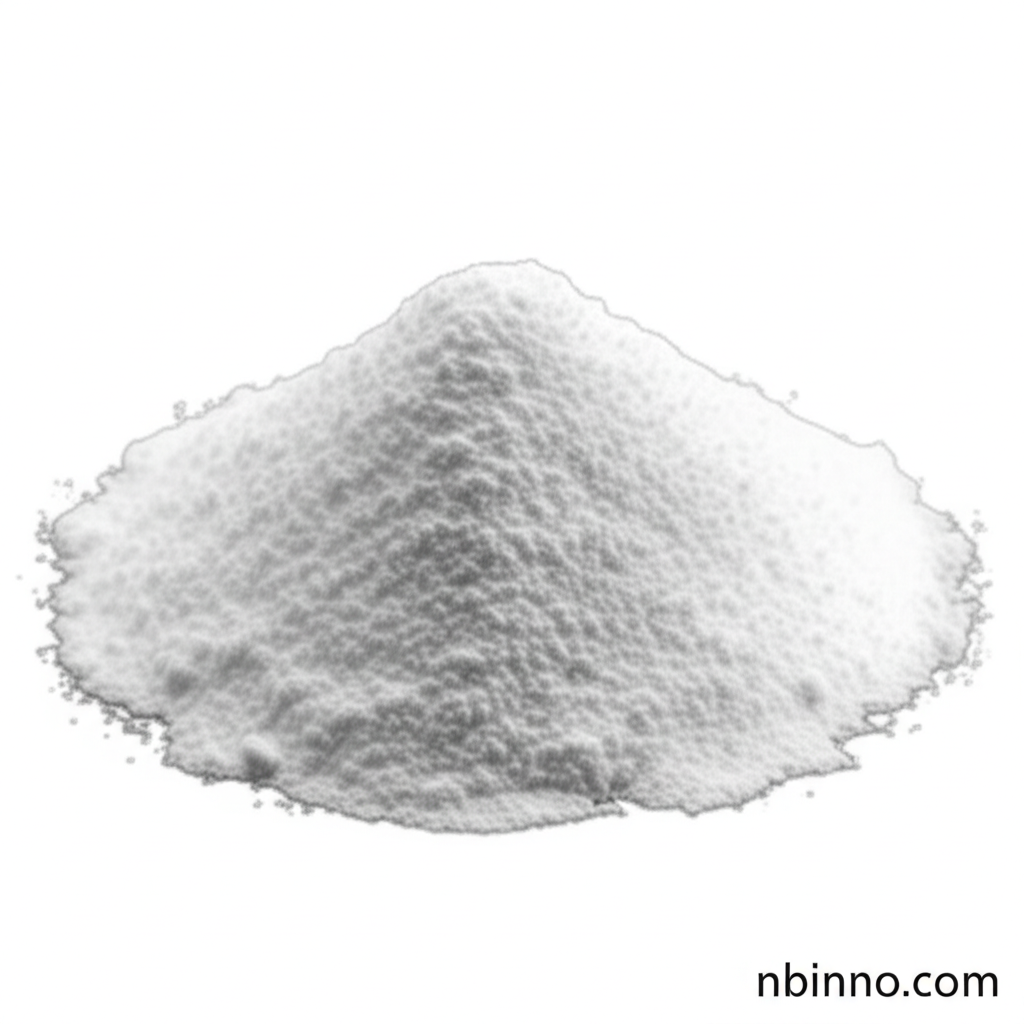Sodium Tungstate Dihydrate: A Versatile Inorganic Compound for Catalysis, Textiles, and More
Discover the diverse applications of this essential tungsten compound in chemical synthesis, textiles, and industrial processes.
Get a Quote & SampleProduct Core Value

Sodium Tungstate Dihydrate
Sodium tungstate dihydrate is a key inorganic compound with the formula Na2WO4•2H2O. This white, water-soluble solid serves as a crucial source of tungsten for a wide array of chemical synthesis applications. Its versatility extends to manufacturing processes for metal tungsten, tungstic acid, and various tungstates, highlighting its importance in industrial chemistry.
- Explore the use of sodium tungstate in chemical synthesis to create new materials and compounds.
- Learn about sodium tungstate price benchmarks for industrial procurement.
- Understand the role of sodium tungstate as a catalyst in accelerating chemical reactions across different sectors.
- Discover how sodium tungstate is utilized in the manufacturing of metal tungsten and other tungsten-based products.
Key Advantages
Textile Industry Application
Sodium tungstate acts as a valuable mordant in the textile industry, helping to fix dyes to fabrics, thereby enhancing colorfastness and ensuring longevity against washing and light exposure.
Catalytic Properties
The compound is recognized for its catalytic properties, making it instrumental in various chemical reactions, including epoxidation of alkenes and oxidation of alcohols, contributing to efficient chemical processes.
Industrial Versatility
Beyond textiles and catalysis, sodium tungstate finds applications in electroplating for protective coatings, ceramics and glass manufacturing, and water treatment, showcasing its broad industrial utility.
Key Applications
Chemical Synthesis
As a vital source of tungsten, it is fundamental for synthesizing a wide range of tungsten-based compounds and intermediates.
Textile Dyeing and Finishing
It functions effectively as a mordant and for imparting flame-retardant and waterproofing properties to fabrics.
Catalysis
Its role as a catalyst is critical in various organic transformations, such as alkene epoxidation and alcohol oxidation.
Metal Surface Treatment
Used in electroplating to enhance the protective and decorative qualities of metal surfaces, offering improved durability and corrosion resistance.
